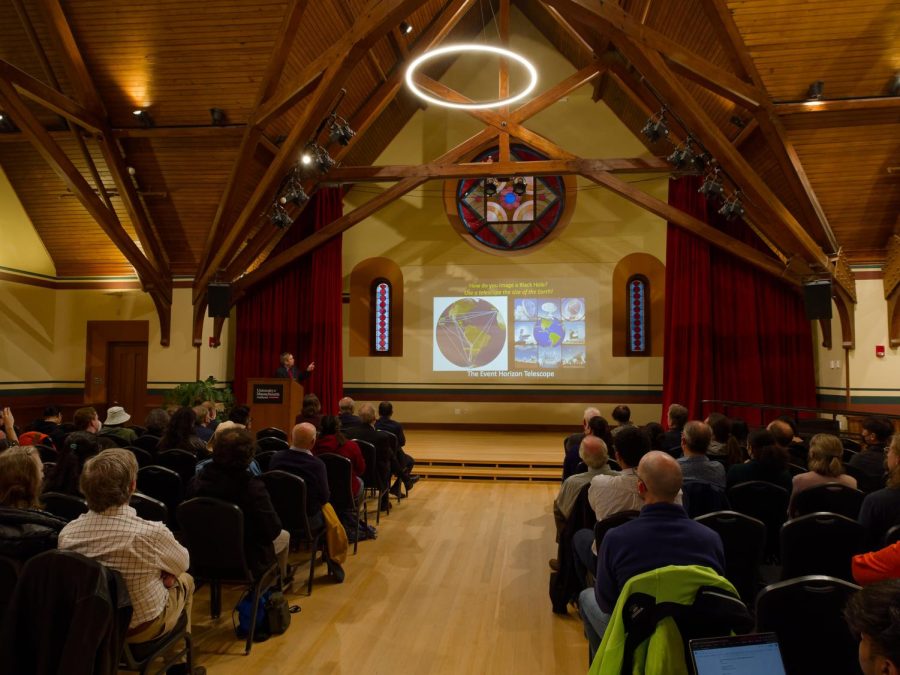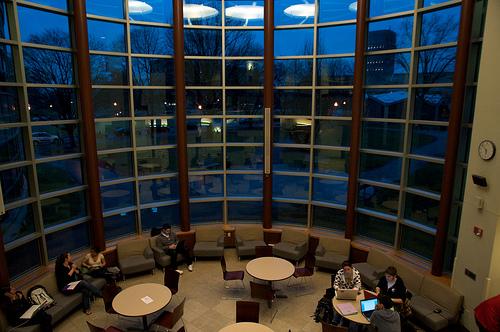
This year, student activists have a new tool on Google Maps to help them publicize their protests and find support from like-minded students across the country. Angus Johnston, professor of American student activism at City University in New York, began tracking student activism in the United States on the Google program last November as part of his website and blog, studentactivism.net. The map has quickly gained in popularity, with 11,061 views total, averaging about 1,000 hits per day, according to Johnston.
Johnston said he first came up with the idea of using Google Maps to track student activism in this country after he came across student activists in Europe using the program to share information about protests occurring at European universities.
“I thought that was a really interesting idea and decided to take it to the next level,” he said.
According to Johnston, the map is designed to give readers a geographical, visual and chronological overview of the types of student protests in the country this academic year. Each pin on the map is color-coded based on the type of student protest. A red pin represents a building occupation, blue is a demonstration, green stands for a labor strike, and yellow is for any other newsworthy event. A pin with a black dot in the center means that students were arrested at the protest. Click on a pin, and a short description of the protest pops up, along with directions to the location of the event.
Johnston said one of his primary motivations for using Google Maps to cover student activism was to address what he said was a lack of effective media coverage of student activism. While large student protests may capture national media attention, smaller demonstrations around the country often go unnoticed by both the media and other students.
“There is a real lack of awareness of the nature and extent of activism on college campuses that goes beyond major protests,” he said. Johnston also said he wanted to increase students’ awareness of activism occurring, “in their own backyards.”
Johnston said that he came across most of the student activism shown on the map through his own research, although he said he also uses news-gathering websites such as National Student News Service to find stories. “Increasingly, students are giving me a heads-up about protests through email, my blog or Twitter,” he said. “Students know that this resource exists.”
Several UMass students interviewed said that they liked the idea of the Google Maps application, though they had not personally used the map before.
“It seems like a really great idea,” UMass Student Government Association (SGA) Senator Melissa Urban said about the Google Maps application. “Campus organizers will be able to act in solidarity across the nation and work together to address the important issues like fee hikes or justice for students,” she said.
“I think I would use it, especially for work with my committee for the SGA, the State and Federal Organizing Committee. We’re anticipating an exciting semester and this could be useful in seeing the similarities in our campus and those across the country,” Urban said.
“It would be good for our club, and clubs in general, because they would get more press, and also for political analysis and tracking of movements,” said Derek Khanna, president of the Republican Club. “It’s really subjective what rallies are covered by the media. Having a more or less objective attempt to display ongoing protests is a great idea. I definitely think that tool would be useful.”
Niina Heikkinen can be reached at [email protected].






